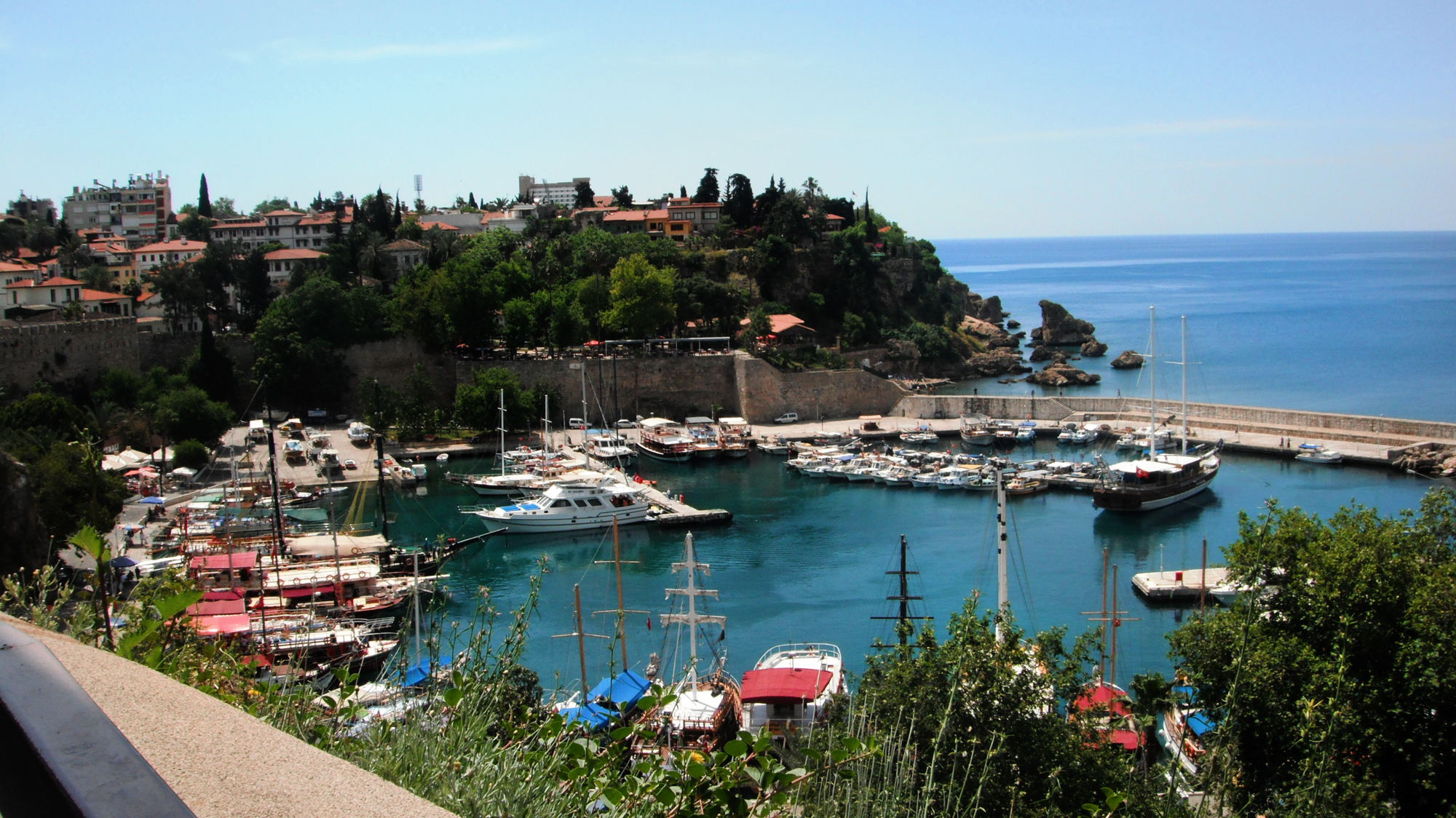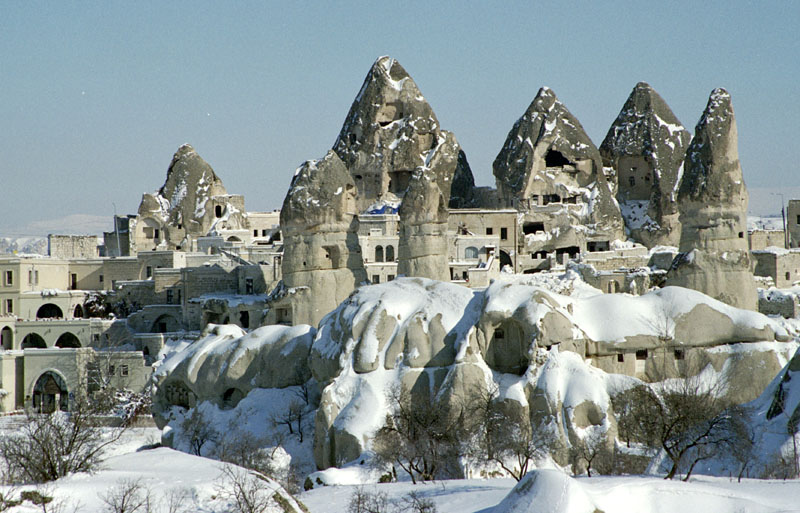Istanbul, the millennium
Istanbul, Byzantium, Constantinople. Whatever name she carried, he has always been synonymous with wealth and honor. Crossroads between Europe and Asia, Turkey's cultural capital breaststroke worlds and leaves no room for boredom. bustling town with mosques and bazaars but also its contemporary art galleries and nightclubs, is changing and full of surprises.
Konya, the pious
Konya is one of the cradles of Turkish civilization. It attracted many poets and scientist from around the twelfth century. Today its inhabitants have maintained a very oriental way of life: the city is full of mosques and museums but also knows how to be pleasant and vibrant in the evening.

Antalya, the Mediterranean
Antalya is one of the prettiest towns in the Turkish Mediterranean coast. Its old town is a remarkable example of Ottoman habitat. The entertainment is concentrated around the old port where you will find a string of restaurants and shops. Do not miss the Archaeological Museum, one of the richest in the country.

Safranbolu Ottoman
This jewel of the Ottoman urbanism is more than an outdoor museum: surely he perfectly introduces the visitor to the oriental art of living of eighteenth and nineteenth century. But his commercial city tunes in which to live also make a step more enjoyable. An absolutely must see the evidence, it is a World Heritage Site by Unesco.

Goreme, the dramatic
Too dramatic to keep the anonymity Goreme is one of Cappadocia cities not to be missed. Numerous churches and rock art museum outdoors subtly are inserted in a landscape breathtaking made thousands chimneys formed by erosion. Take a detour Uçhisar, a small town 4 km from Göreme whose streets are home to many cave houses. Change of scenery!

Bodrum, the jet set
Bodrum, the mythical Halicarnassus, is now a popular resort set on the Aegean coast. Everything exudes relaxation: the terraces of cafes, congested streets of shops and beautiful sandy beaches such as Ortakent, Karancir, Torba and many others.

Izmir, the young
In the early twentieth century. Izmir was still called Smyrna. It was populated by many Greeks and Armenians who traded throughout the Mediterranean. And then wham, the city was ravaged by the Greco-Turkish war: over 180 000 refugees into exile. Today it is a dynamic Turkish metropolis, which ensures its future through the vitality of its people, very young. It also has some very nice houses, especially in the Alsancak district, particularly lively place with many bars







